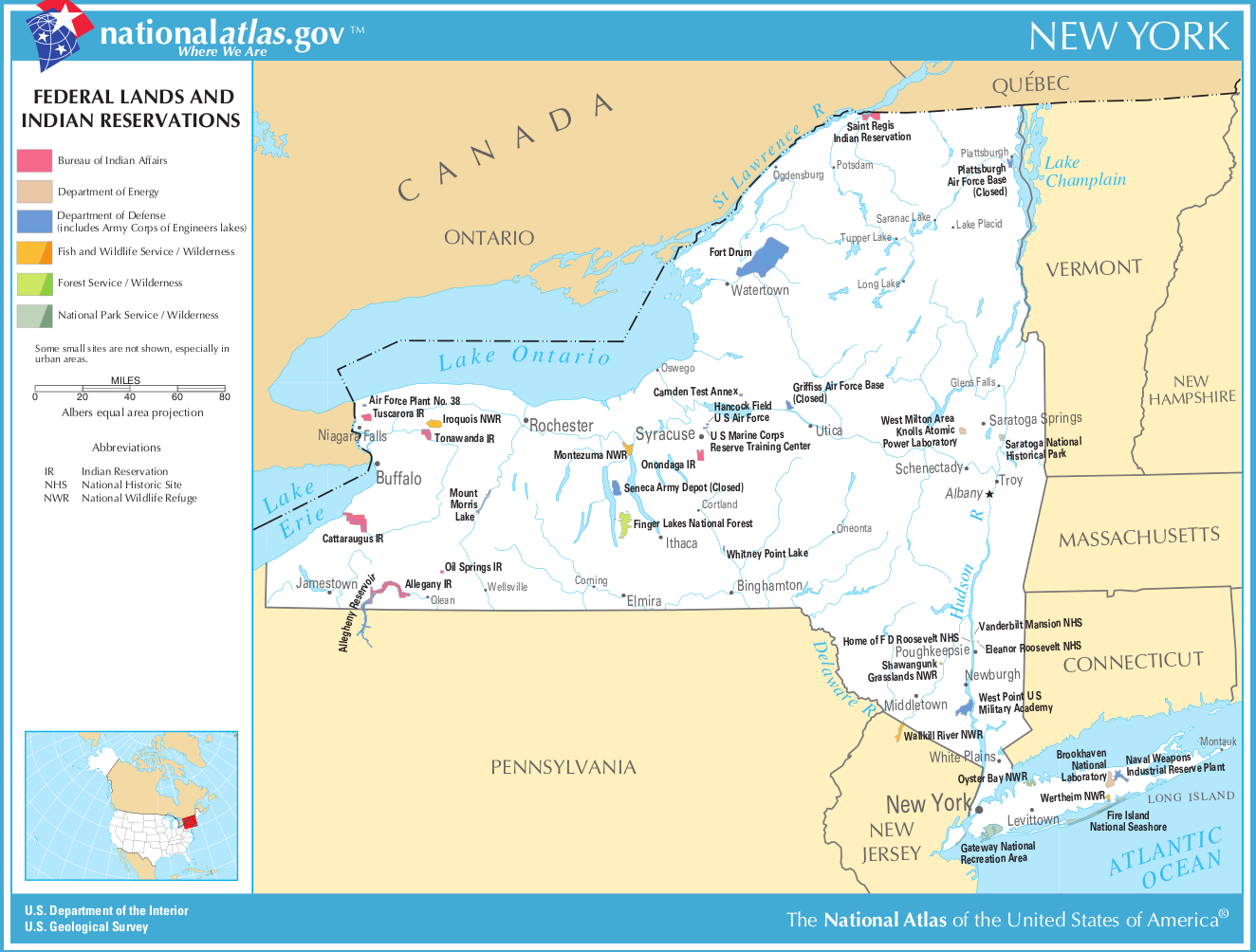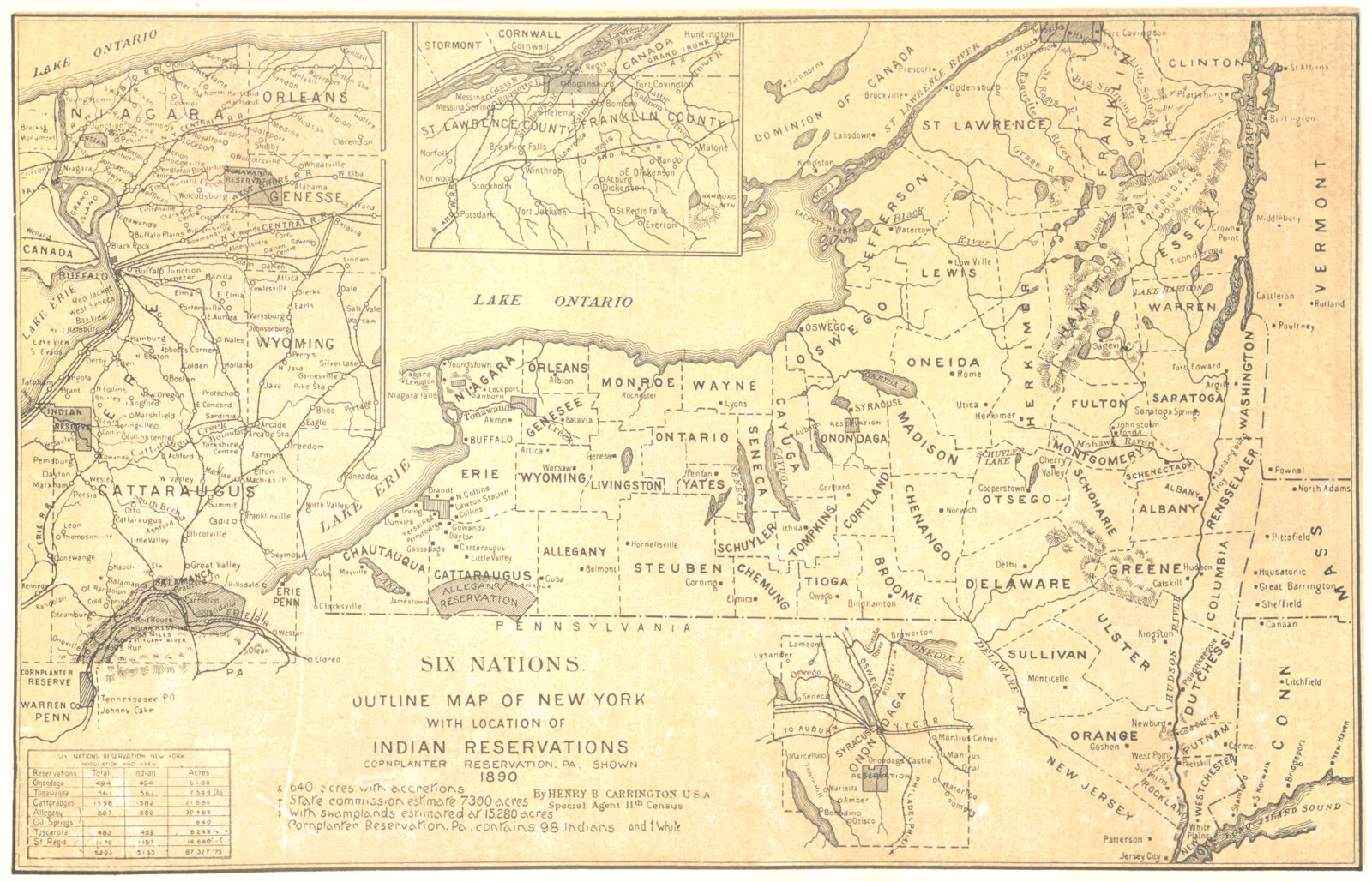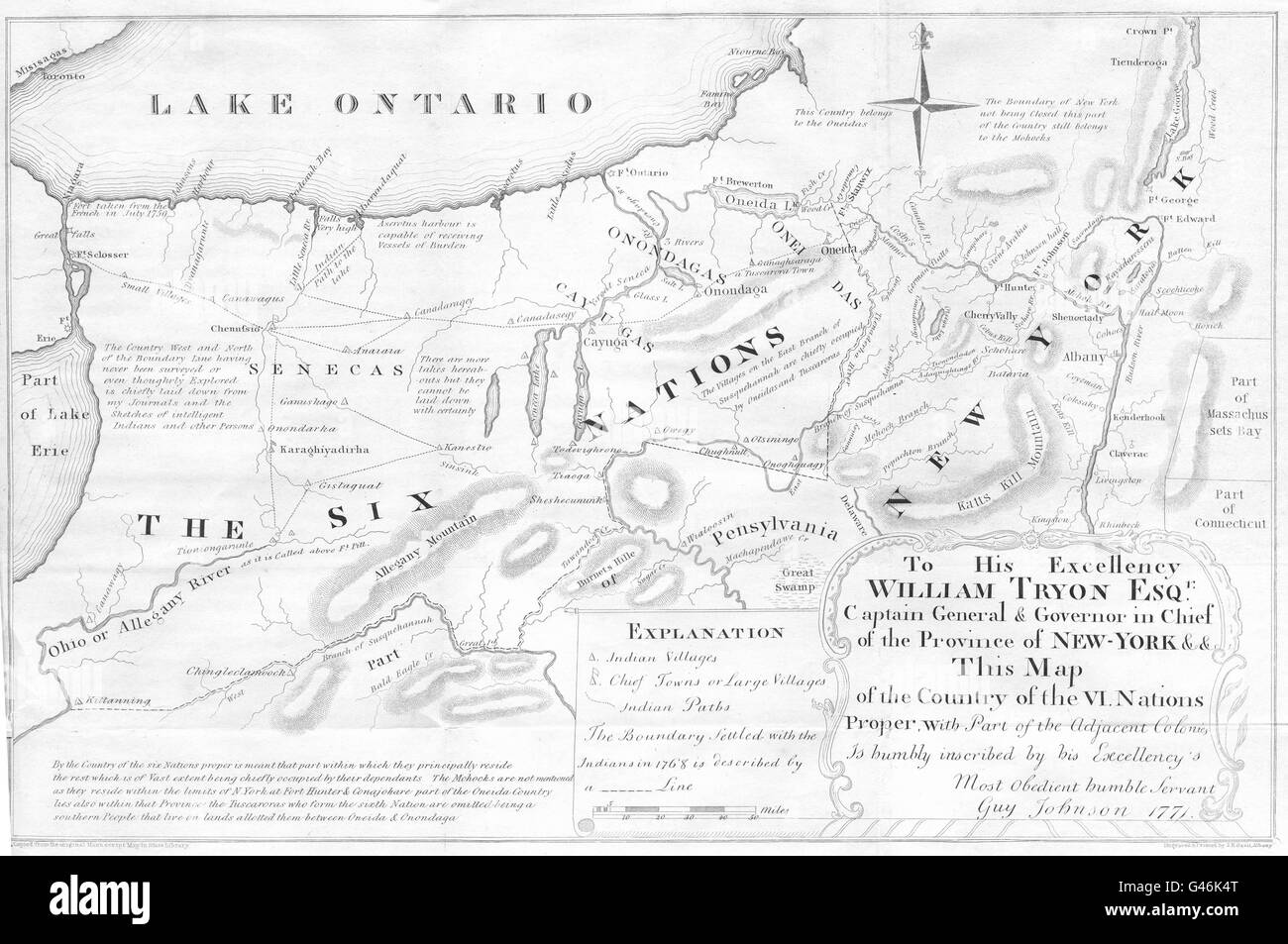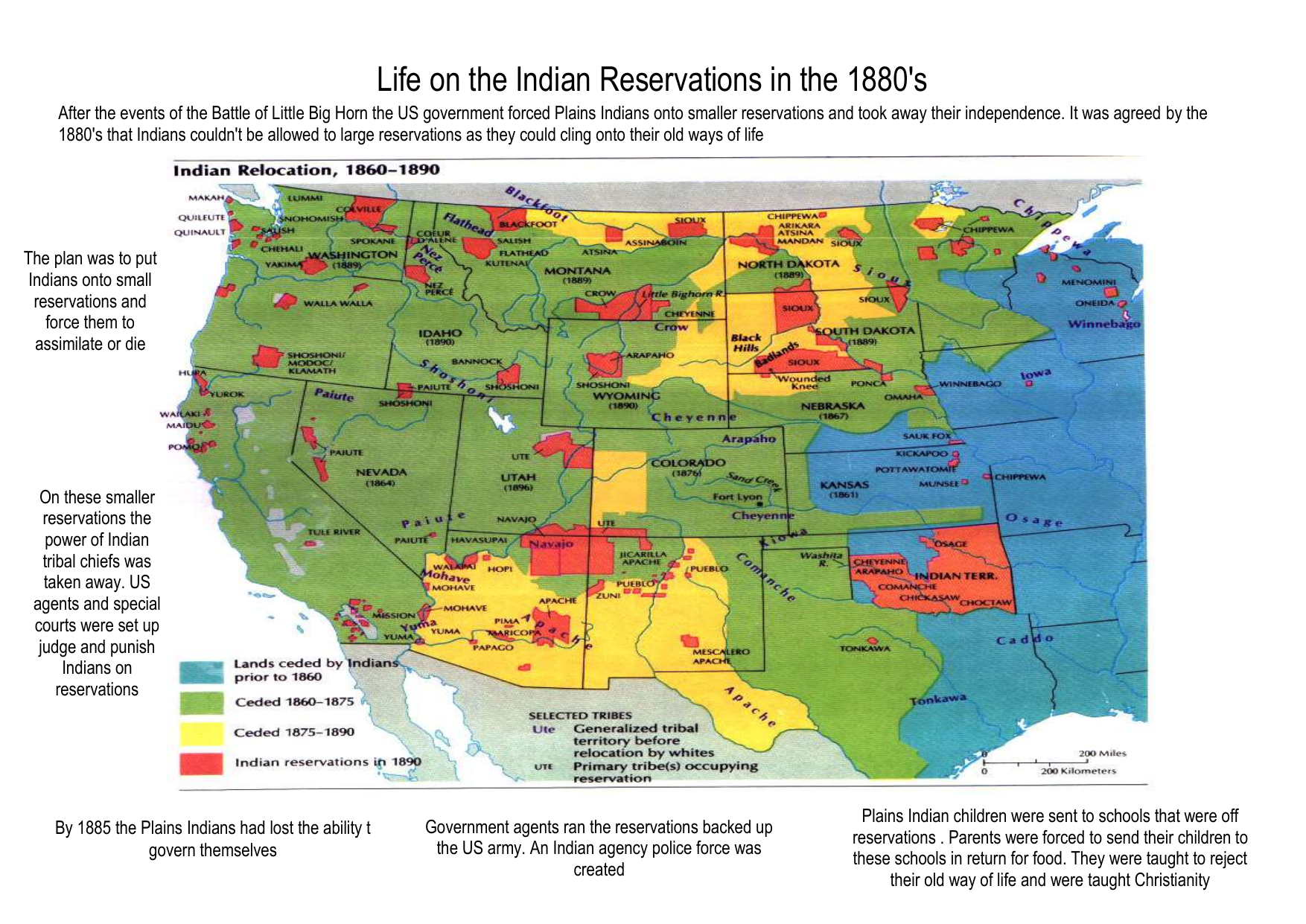Living on the Edge: A Glimpse into New York’s Indian Reservations
Living on the Edge: A Glimpse into New York’s Indian Reservations

New York, the bustling metropolis of towering skyscrapers and frenetic energy, might surprise you with its hidden pockets of tranquility. Nestled within its borders lie six sovereign Native American nations, each with a rich history and vibrant culture. These are the Indian reservations of New York, communities where tradition and modernity intertwine, where the past whispers through the wind and the future holds promise.
A Legacy of Resilience:
Related Articles: Living on the Edge: A Glimpse into New York’s Indian Reservations
- Unveiling Arizona's Native Treasures: A Journey to Indian Reservations
- Uncover the Hidden Treasures of Alabama-Coushatta Indian Reservation Casino
- California’s Hidden Worlds: A Guide To The State’s Native Reservations
- Unveiling the Treasures: Indian Reservations in Kingman, Arizona
- Unlock the Secrets: A Comprehensive Guide to Native Reservations
For centuries, these lands have been home to the Haudenosaunee, known as the Iroquois Confederacy, a powerful alliance of six nations: the Mohawk, Oneida, Onondaga, Cayuga, Seneca, and Tuscarora. Their story is one of strength, resilience, and survival, a testament to their ability to adapt and thrive despite the challenges they’ve faced.
The arrival of European colonists brought about a period of upheaval, with treaties signed and broken, land seized, and cultures clashing. The Iroquois, despite their initial resistance, found themselves pushed onto smaller and smaller territories, eventually confined to reservations.
A Tapestry of Culture:
Today, the six nations of the Iroquois Confederacy, along with the St. Regis Mohawk Tribe, maintain their sovereignty within New York State. Each reservation possesses a unique character, reflecting their individual histories, languages, and traditions.
The Six Nations:
-
The Oneida Nation: Located in central New York, the Oneida are known for their strong sense of community and their dedication to preserving their language and traditions. They are also renowned for their contributions to the American Revolution, fighting alongside the colonists against the British.

-
The Onondaga Nation: The keepers of the Iroquois Confederacy’s sacred fire, the Onondaga are deeply rooted in their ancestral lands. Their traditional longhouses, built in the heart of their reservation, stand as symbols of their enduring connection to the past.

The Cayuga Nation: Nestled in the Finger Lakes region, the Cayuga Nation has faced its share of challenges, including the loss of their ancestral lands. They are currently working to reclaim their sovereignty and preserve their cultural heritage.
-
The Seneca Nation: The largest of the Six Nations, the Seneca Nation spans across New York State, with their main reservation located in the western part of the state. They are known for their strong cultural identity and their commitment to self-governance.
-
The Mohawk Nation: The Mohawk Nation, with their territories straddling the New York-Canada border, are known for their fierce independence and their role as the "keepers of the eastern door" for the Iroquois Confederacy. They are also known for their contributions to the fur trade and their involvement in the American Revolution.
-
The Tuscarora Nation: The Tuscarora Nation, originally from North Carolina, joined the Iroquois Confederacy in the early 18th century. Their reservation in New York is a testament to their resilience and their ability to adapt to a new home.
St. Regis Mohawk Tribe:
The St. Regis Mohawk Tribe, located in northern New York, shares a unique history with the Mohawk Nation. Their reservation straddles the border with Canada, making them a vibrant example of transborder cooperation and cultural exchange.
Beyond the Reservation:
The reservations in New York are not just isolated pockets of Native American culture. They are active participants in the wider world, contributing to the state’s economy, social fabric, and cultural landscape.
-
Economic Powerhouses: Many reservations have developed thriving economies, with casinos, gaming facilities, and other businesses providing jobs and opportunities for their members.
-
Cultural Ambassadors: The reservations are also cultural hubs, hosting powwows, festivals, and other events that showcase their rich traditions and promote understanding and appreciation of Native American culture.
-
Advocates for Change: The reservations are also active in advocating for the rights of Native Americans and working to address issues such as poverty, healthcare, and education.
Challenges and Opportunities:
While the reservations have achieved significant progress in recent years, they still face challenges. Issues such as poverty, unemployment, and access to healthcare continue to plague many communities. However, there is also a sense of hope and optimism, fueled by the resilience of the people and their commitment to self-determination.
The Future of New York’s Indian Reservations:
The future of New York’s Indian reservations is bright, with a focus on economic development, cultural preservation, and self-governance. The communities are working to create a better future for their children and grandchildren, while honoring the legacy of their ancestors.
FAQ About Indian Reservations in New York State:
1. What are Indian reservations?
Indian reservations are land areas within the United States set aside for Native American tribes by the federal government. These lands are considered sovereign territories, meaning that the tribes have their own governments and laws.
2. How many Indian reservations are there in New York State?
There are six federally recognized Indian reservations in New York State, representing the six nations of the Iroquois Confederacy, and one additional reservation belonging to the St. Regis Mohawk Tribe.
3. What are the names of the Indian reservations in New York State?
The six reservations belonging to the Iroquois Confederacy are: Oneida, Onondaga, Cayuga, Seneca, Mohawk, and Tuscarora. The St. Regis Mohawk Tribe maintains their own reservation, located in northern New York.
4. What are the main cultural and economic activities on the reservations?
The reservations are home to a diverse range of cultural and economic activities. They are known for their traditional crafts, arts, and ceremonies, as well as their thriving gaming industries and other businesses.
5. What are the challenges faced by the Indian reservations in New York State?
The reservations face a number of challenges, including poverty, unemployment, healthcare disparities, and environmental issues. However, they are also working to address these issues through economic development, education, and community outreach.
6. How can I learn more about the Indian reservations in New York State?
You can learn more about the reservations by visiting their websites, attending cultural events, or contacting their tribal governments. There are also a number of organizations and resources available that can provide information about Native American culture and history.
7. How can I support the Indian reservations in New York State?
You can support the reservations by patronizing their businesses, attending their events, and advocating for their rights. You can also donate to organizations that support Native American communities.
Living on the Edge:
The Indian reservations of New York are a testament to the strength and resilience of the Native American people. They are a reminder that history is not just a collection of facts, but a living narrative that continues to unfold. By understanding their stories, we can gain a deeper appreciation for the diversity and richness of American culture. And by supporting their efforts, we can help them build a brighter future for generations to come.

Closure
Thus, we hope this article has provided valuable insights into Living on the Edge: A Glimpse into New York’s Indian Reservations. We appreciate your attention to our article. See you in our next article!



